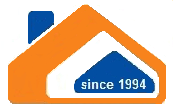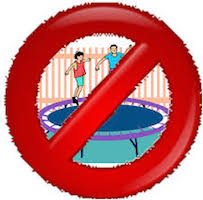Moving? Find a Local Texas Metlife Insurance Office
Whether you just moved to Texas, or moved across town, we are here to help. We can provide insurance coverage for your car, home, life, or business. With Texas MetLife Insurance Auto & Home we offer superior insurance products filled with features that can eliminate uncertainty and create lasting peace of mind. Metlife is one of the most reliable and financially strong home and auto insurance companies in the U.S.
States Licensed In: TX, CO
If you are moving to Texas and would like to be contacted by a Texas MetLife Representative, please 512-339-2600. Contact our office to customize an auto and homeowners insurance policy for you.
 |
 |
 |
Car Insurance
|
Home Insurance
|
Life InsuranceLife insurance can help protect your family’s way of life after your death. The financial strength it provides can help your loved ones:
We can help simplify the process of purchasing life insurance by providing you with the guidance and information you need to obtain the right type and amount of coverage for your specific situation. |
| Contact Me | Contact Me | Contact Me |
 |
 |
 |
Multi-Policy PackagesMulti-policy insurance packages from MetLife Auto & Home, provide the great coverage you need along with the convenience of bundling all your property and casualty insurance policies together, simplify your insurance coverage—and your life.
Our Combo℠ and GrandProtect® policy packages offer the Power of One
Let’s schedule some time to review your individual needs.
|
Renters InsuranceWhen you rent, it’s the personal touches you add that turn your place into a home. Of course, those personal touches can sometimes be very costly to replace or fix if something were to happen to them. Unlike many insurance companies, we offer coverage that will pay the full cost to repair or replace your personal belongings after a covered loss, without deduction for depreciation. |
Umbrella InsuranceAn accident can happen in a second, but the financial consequences can be lifelong. If you are found liable for injuries or death resulting from an accident at your home or involving one of your vehicles, the impact to your family’s way of life could be devastating. Referred to by other companies as an umbrella policy, a Personal Excess Liability Policy (PELP) can help bridge the gap between the basic liability coverage in:
|
| Contact Me | Contact Me | Contact Me |
 |
 |
 |
Flood InsuranceYou don’t have to be located near water to be affected by a flood.
Metlife Flood insurance is part of the National Flood Insurance Program (NFIP) administered by the Federal Emergency Management Agency (FEMA). |
Boat InsuranceBefore you head out onto the water with your powerboat, sailboat, jets or other watercraft, be sure you have the coverage you need to preserve your way of life if the unexpected happens. You’ll find our boat insurance rates are affordable, and we offer discounts like our safety, diesel engine, and multi-policy discounts that could create significant savings for you. |
Motorcycle InsuranceThe relationship between a motorcycle owner and his or her bike is a special one. We understand how important your bike is to you, so we want to help you protect it with motorcycle insurance that lets you ride with confidence knowing you’re protected by coverage with many valuable features. |
| Contact Me | Contact Me | Contact Me |
 |
 |
 |
RV Insurance
Recreational vehicles like these can be a lot of fun, but they come with some risks, too, like accidents, damages or theft. If you own an RV, please contact me for a no-obligation recreational vehicle insurance quote. |
Pet Insurance
Whether you’re a cat owner, dog owner, or “pet parent,” you want the best pet health care possible. Protecting your dog’s health or cat’s health can be difficult with high animal health care costs. Pet insurance removes the financial burden of expensive diagnosis and treatment of your dog’s or cat’s illnesses and injuries off of your shoulders. |
Small Business InsuranceAs a small business owner, you’ve got a lot on your mind. Everything from sales and growth to the welfare of your employees. Insurance protection should not be on your list of concerns. We can help remove that worry with MetLife Auto & Home Link℠ business insurance. Link is dependable and hassle-free insurance that provides small businesses with big business protection. |
| Contact Me | Contact Me | Contact Me |
Call: 512-339-2600
Text: 512-339-2600
Contact by Email
Austin Insurance Group | Local Texas Metlife Auto Insurance Agent | Quick Cedar Park/Leander Facts
© 2018 MetLife Auto & Home – All Rights Reserved
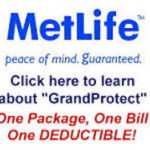

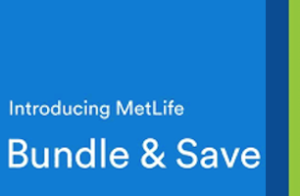 MetLife home insurance offers a variety of homeowners insurance options to ensure protection to policyholders’ homes and their belongings inside. These coverages include Coverage for the Contents of the Home, Property Damage Protection, Court Fees and Liability Coverage. MetLife also offers superior 24/7 claims services to best fit their customers’ needs. And when you bundle home and auto, you can save even more.
MetLife home insurance offers a variety of homeowners insurance options to ensure protection to policyholders’ homes and their belongings inside. These coverages include Coverage for the Contents of the Home, Property Damage Protection, Court Fees and Liability Coverage. MetLife also offers superior 24/7 claims services to best fit their customers’ needs. And when you bundle home and auto, you can save even more.

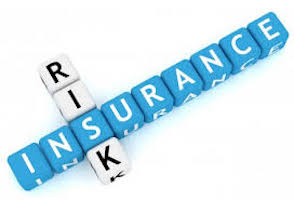 Al-lrisk insurance or a named peril insurance policy, which is better in a given situation?
Al-lrisk insurance or a named peril insurance policy, which is better in a given situation?